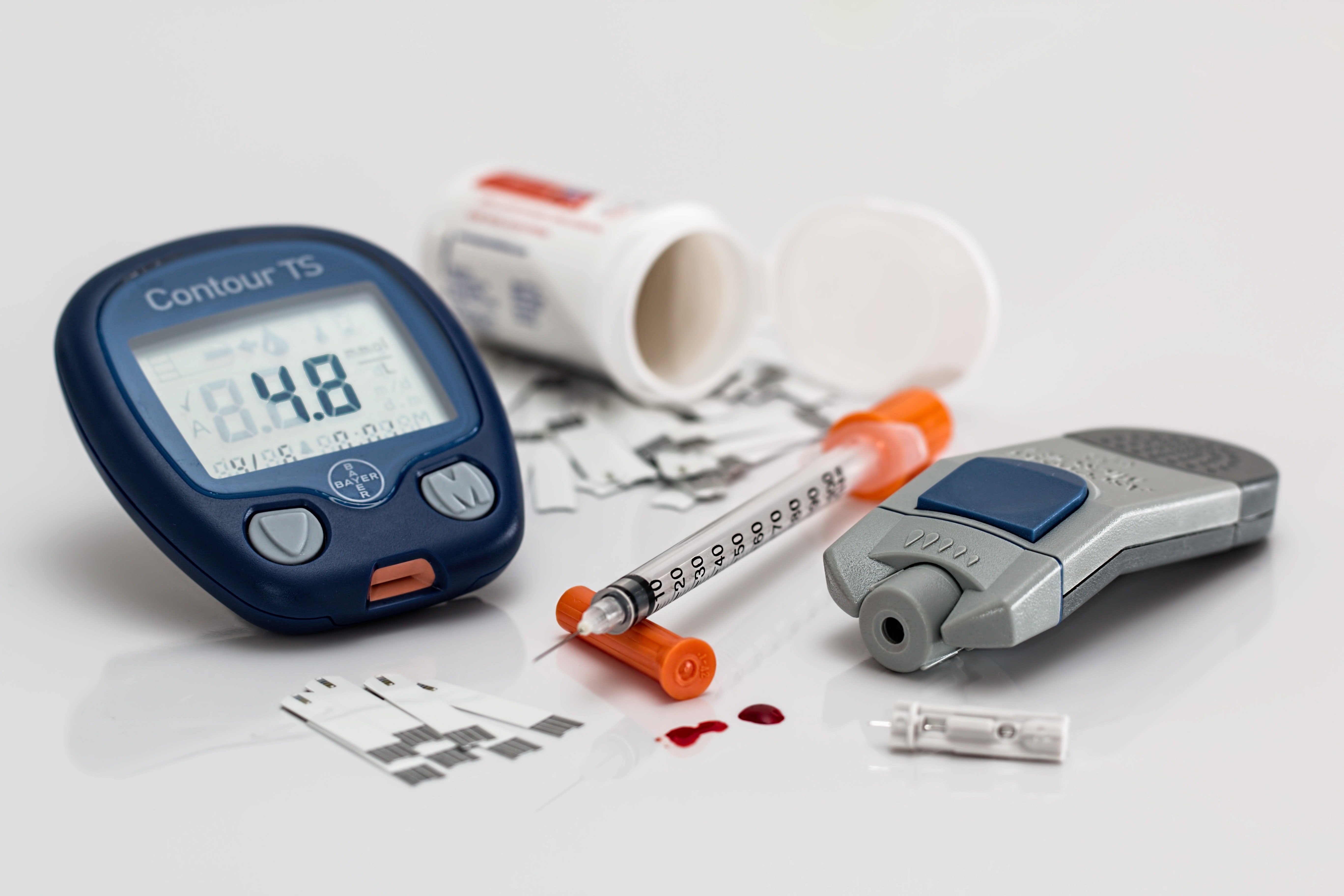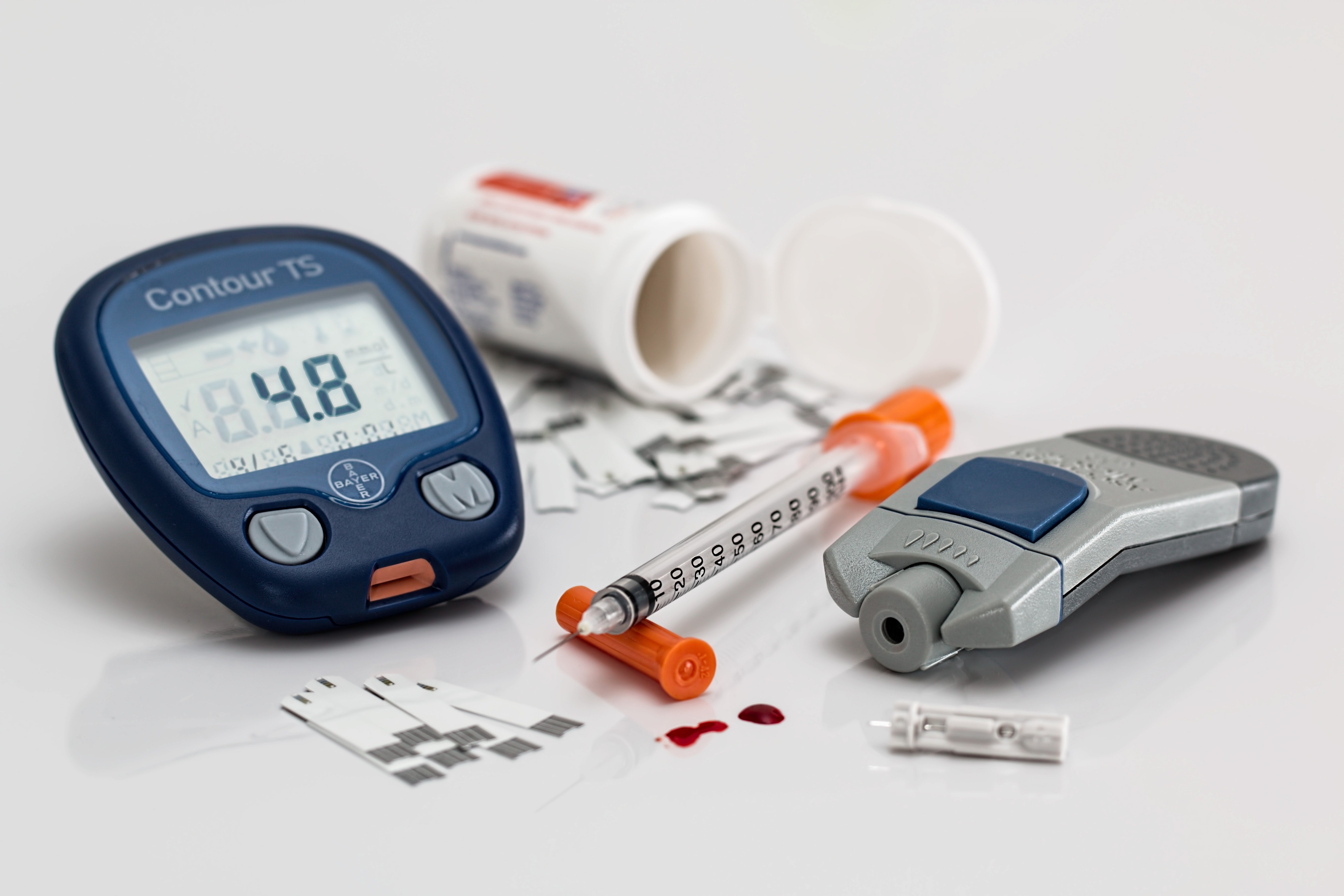
In June, FDA released a draft guidance intended to clarify the benefit and risk factors they will consider for medical device compliance and enforcement actions that could impact device availability.
The recommendations give insight into appropriate responses to nonconforming product and compliance issues related to diagnostic and therapeutic medical devices, stopping short of premarket review decisions.
[Read Also:] FDA Regulatory Structure for Medical Devices
In particular, FDA recommends device companies carefully weigh risk-benefit profiles when taking regulatory actions. Failing to do so may result in “regulatory actions with unintended adverse effects (e.g., shortage of medically necessary devices).”
We’ve summarized the key factors to consider when assessing a device’s benefits and risks below as detailed in the recent draft guidance.
Factors to Consider When Evaluating Medical Device Benefits
Type of benefit(s)
This includes both the impact the device has on patient health and clinical management. As noted in the draft guidance, clinicians may find other benefits and uses they didn’t anticipate. In these cases, establishing new benefits can lead to clearance for new uses.
Magnitude of benefit(s)
The degree to which patients experience benefits is also a key factor. FDA will look to changes in patients’ conditions and/or changes in necessary clinical management to measure the benefits of a particular device. Keep in mind that these benefits may change over time and will likely be assessed against standards of care and expected performance.
Likelihood of patients experiencing one or more benefits
In other words, the likelihood that the medical device “will effectively treat or diagnose the patient’s disease or condition.”
One way to determine the likelihood of benefit is to first determine how many patients were treated effectively and then divide by the total number of patients treated.
When assessing the benefit of a medical device, FDA may consider whether subgroups included in the indication for use are more likely to experience and retain benefits than the rest of the patient population. If groups like this are identified, the likelihood of benefit to those groups may increase.
Consider these subgroup-to-overall distinctions in the overall benefit-risk assessment.
Duration of effects
This is how long the benefit can be expected to last in patients. This, too, may change with patient outcomes as the device is used.
Patient preference on benefit
This is the value patients place on using a medical device. Generally speaking, the level of patient value depends on the severity of the condition it treats. For example, a device that may help a terminal cancer patient live a few months longer will likely be more highly valued than a device that offer short term benefits for less severe conditions.
Benefit factors for healthcare professionals or caregivers
These are the benefits provided to healthcare personnel and caregivers based on improving the way they care for patients both in patient outcomes or clinical practice.
Medical necessity
This should be considered if a device offers benefits or addresses unmet needs. When considering benefits, assess whether another device or therapy could be used in substitution and its level of availability.
Factors to Consider When Evaluating Medical Device Risks
Risk severity
FDA categorizes risk in three levels of severity including a duration component:
- Medical-device related deaths and serious injuries
- Medical device-related non-serious adverse events
- Medical device-related events without reported harm
- Duration of harm to patient
Likelihood of risk
Again, FDA considers risk factors in three levels:
- Likelihood of medical device nonconformity
- Likelihood of a harmful event given exposure to a nonconforming device
- Number of patients exposed
Nonconforming product risks
Has nonconforming product has been distributed? If so, how many of those devices are on the market?
Duration of exposure to population
This is the length of time between when patients were first exposed to the device and the point at which the risk of hard was successfully addressed.
False-positive or false-negative results
These are crucial risk factors for diagnostics. The risks associated with false positives and false negatives can be multifold, but are considered by FDA in light of probable risks.
Patient tolerance of risk
This is patient concern over harm or potential harm caused by the device. As stated in the draft guidance, “Patient tolerance of risk may take into account both the patients’ willingness and unwillingness to use a nonconforming medical device, to use a device manufactured by a non-compliant manufacturer, or to tolerate harm (both probable and actual).”
[Read Also:] How to Manage the Risk of Medical Devices
This may vary among patients and risk severity. For prescription devices, a patient’s assessment of risk would be appropriately informed by information from his or her clinician.
Risk factors for healthcare professionals or caregivers
If devices pose any risk to clinicians or caregivers, these may be considered as well.
Other factors that may be taken into account include: uncertainty, mitigations, detectability, failure mode, scope of the device used, patient impact, preference for availability, nature of violations/nonconforming product and firm compliance history.
This draft guidance is meant to align the benefit-risk factors it applies given the factors explained above with those it considers when evaluating marketing and IDE applications.
For more information, read the full draft guidance: “Factors to Consider Regarding Benefit-Risk in Medical Device Product Availability, Compliance, and Enforcement Decisions”
Download our whitepaper and stay current on the latest medical device compliance developments: ISO 13485: Proposed Changes and What They Mean for You.

